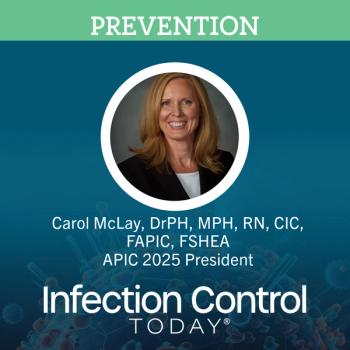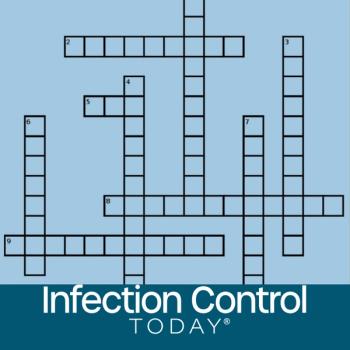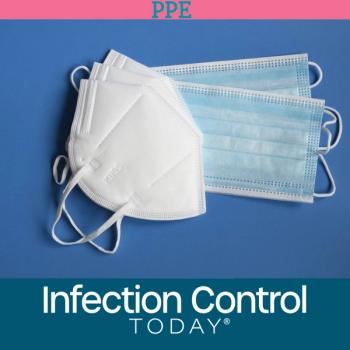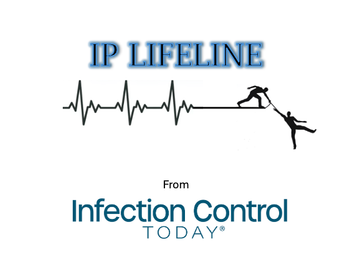
When a Hurricane Becomes an Antimicrobial Resistance Stewardship Catalyst
When Hurricane Helene flooded a North Carolina facility and sparked an IV fluid shortage, Duke’s stewardship network turned crisis into practice change—rapidly shifting eligible patients to highly bioavailable oral antibiotics and boosting PO use by 5.6% across participating hospitals.
At IDWeek 2025, held from October 19 to 22 in Atlanta, Georgia, a poster presentation from the Duke Antimicrobial Stewardship Outreach Network (Duke Network) highlighted how a natural disaster became an unexpected driver of evidence-based antibiotic practice. A DASON liaison clinical pharmacist Melissa D. Johnson, PharmD, MHS, AAHIVP, described how Hurricane Helene flooded a facility in western North Carolina and triggered a regional IV fluid shortage, forcing hospitals to pivot. “We wondered, after this fluid shortage…could we shift to PO therapy more frequently—and the shortage kind of helped us a little bit,” she said.
The team examined formulary use across participating hospitals after the storm, focusing on highly bioavailable oral (PO) agents suitable substitutes for intravenous (IV) therapy in many common, even serious, infections. Across the network, use of oral formulations increased by 5.58%, a meaningful swing given the short evaluation window. Johnson, who is also a professor of medicine in the Division of Infectious Diseases & International Health at Duke University School of Medicine in Durham, North Carolina, noted that uptake “varied across facilities,” likely reflecting differences in storm impact, clinician comfort, and local workflows.
Why it matters: Modern data support oral step-down—or even oral-first—regimens for numerous infections when patients meet clinical stability criteria and the organisms are susceptible. In disaster conditions that strain IV supply chains, the ability to switch promptly to effective PO therapy preserves scarce IV fluids, maintains continuity of care, and can shorten length of stay.
The poster also showcased the stewardship playbook behind the numbers: fast communication through the network, bedside decision support to identify PO-eligible patients, and engagement of prescribers, infection preventionists, pharmacy leaders, and administrators.
“It’s important for us to be able to respond to shortages like this and utilize our stewardship tools and rapidly implement change,” Johnson said. Her take-home message emphasized readiness and teamwork: “Pharmacy is always here to help and support our infection prevention and stewardship colleagues…to be poised and ready to respond to events such as Hurricane Helene that can rapidly change our health care environment.”
The Duke Network’s experience turns crisis into blueprint, showing how coordinated stewardship can protect patients, conserve resources, and harden health-system resilience when the next disruption hits.
Newsletter
Stay prepared and protected with Infection Control Today's newsletter, delivering essential updates, best practices, and expert insights for infection preventionists.






